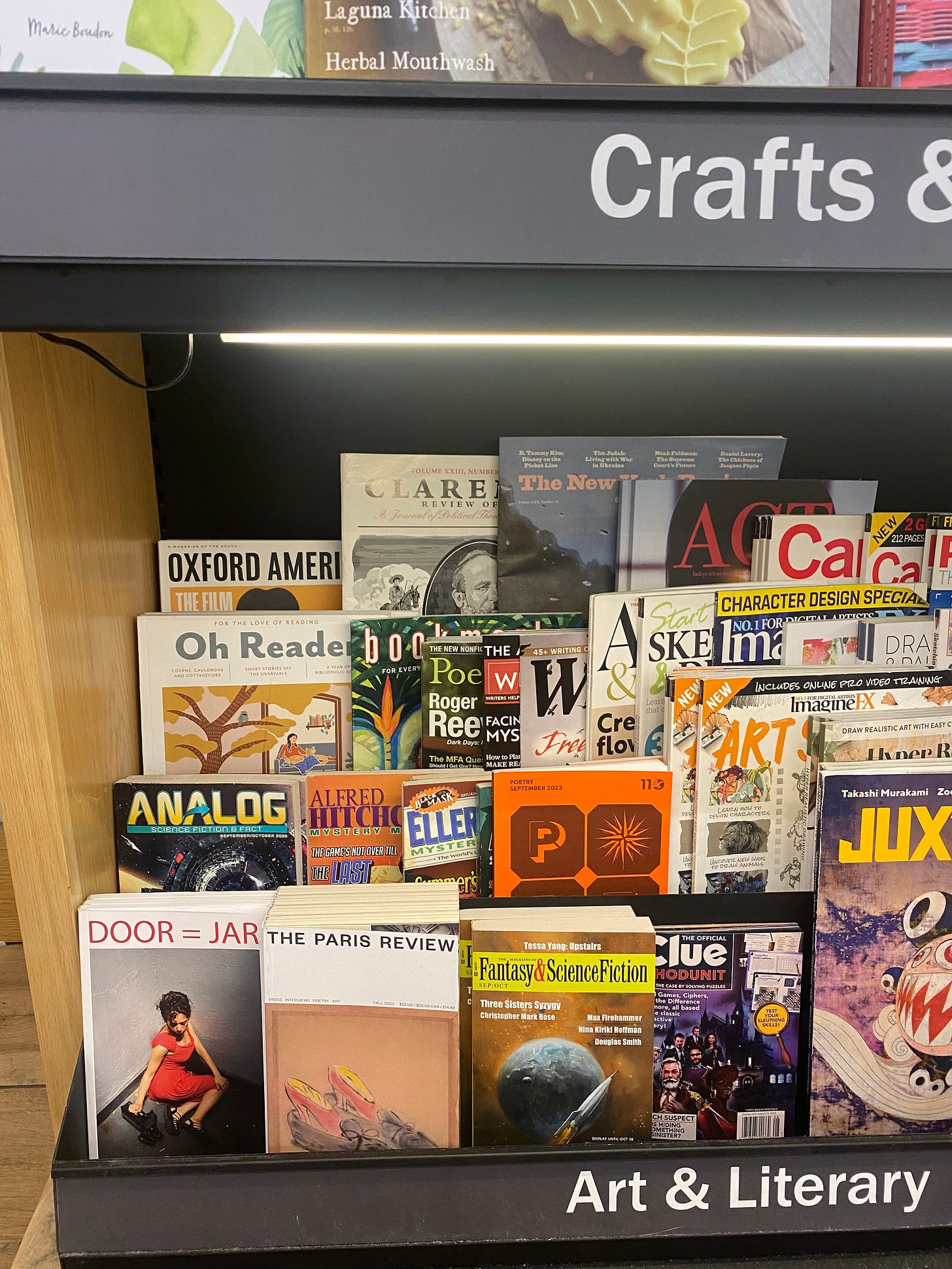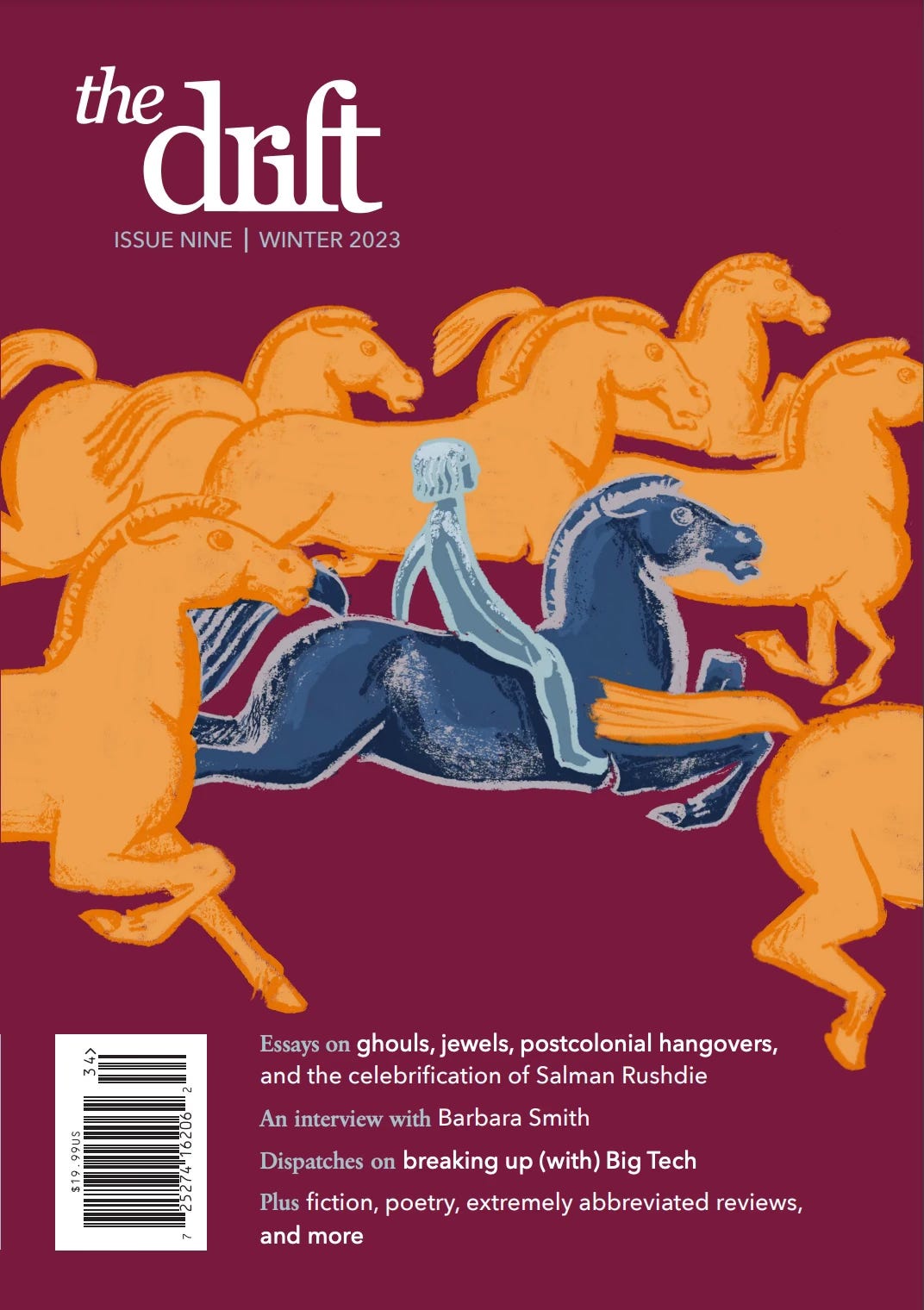I’ve spent a little more than 70% of my career traveling, attending conferences and visiting other companies. While that’s a lot of time away from home, one upside is that I’ve been fortunate to travel to 47 of the 48 contiguous states. I’ve also been afforded the privilege of meeting some pretty incredible people, some rather “interesting” people, and seen “some things” that not everyone gets to see.
Corporate “culture” is a term that has a lot of press and a lot of definitions. On a daily basis, we can interact way more with corporations and their cultures than we do with any branch of local, state or national government. Back in the day, the companies that I called on were usually not that enthusiastic to host me. They may have liked me personally, but I was there to mess with how they were handling my clients’ product. So while I brought them donuts and took their managers out to lunch, I was something of a nuisance.
Even so, I could gauge their culture by a few easy markers:
How did they treat the representatives of their suppliers (Myself and other representatives like me)?
How responsive were they to their retail customers? I usually got to work in or near their office so I often overheard their side of the conversation.
Was the warehouse well organized? The lessons from some of the better warehouse managers I met back then stick with me to today.
How clean were the bathrooms? Seriously! Don’t laugh! It mattered.
I’ve been thinking about this after reading a newsletter about customer service and why it’s often not so great. That newsletter led me to this quote in a Substack. This kept me thinking about customer service throughout the past week.
Generally, the less someone is paid, the fewer protections they’re granted by law and by their employer. Both within their respective organizations and within the realm of policy, lower paid workers lack the power to shape policies which might minimize or outright spare them from having to be the face and focus of outrage which should be directed at their leadership. This, and the perception that their jobs are unskilled, makes them easily replaceable in the eyes of their employers. As a result, they are the fodder to absorb the emotional fallout from customers which ensues after systemic problems.
I recently helped a client kickstart their subscription and DTC program. One of the biggest issues we worked on was customer service. Who was going to respond to the readers when they inevitably reached out? How were they going to respond? What could we offer a customer who was unsatisfied? They’re hard questions and unlike a ride on a jet airliner or a visit to the doctors’ office, publishers are more of a luxury than your health or a visit to a far away place.
I close my “Five Questions With” featurettes with a question about mentors and if the interviewee has a quote or lesson to share. So let me share one with you:
My mentor was the head of my division of a publishing company I worked at in the aughts, Athlon Sports. Troy Childers had a lot of wisdom to impart to me, but interestingly enough, much of it was by example. I noticed early on that when we traveled together, Troy was incredibly kind and generous with every single line worker we ever encountered. It didn’t matter if they provided stellar service, or if they were awkward and having a bad day. He spoke kindly to them, looked them in the eye, tipped them well, asked them about their lives. Smoothed things over and tried to solve any bump we encountered. His rationale was that they were people, they were trying to do their job and we should simply let them do what they could. If things weren’t going well, maybe they weren’t trained right. Maybe he could help by keeping his cool and possibly even getting them on the right track.
I remind myself of that when I can when I’m at the airport, or on the phone trying to make a return. I think about that when another issue get’s lost at the break up agent or a pallet of subscriptions goes astray. I’d rather remind the senior managers who created this distance between me and the problem I’m trying to get solved.
What do you think? What are interactions like for you?
one__Barnes & Noble is not really “branded” anymore…
The gist of this NY Times article is that the company, no longer encumbered by stock prices and now run by the head of successful UK bookstore chains has set the company “free.”
Well, yes. In a way. The company has done what I wish the late, lamented Borders Books did years ago before their fall. Kick the stack ‘em high retail guys to the curb and embraced the sale of reading materials to their audience.
Books, and magazines (and I’d argue newspapers), are a different animal and should not suffer the financialization of their existence like every other thing sold at retail. They’re different animals from orange juice, t-shirts or paper towels.
What does this mean for the American newsstand? A solid healthy Barnes & Noble means that there will be at least 600 locations within the US that will carry more than a few hundred unique magazines. Will that save the newsstand business? No.
But it will prevent it from dying. Tomorrow.
two__Some restructuring at Condé Nast
Condé Nast has done a remarkable job of reinventing itself over the past decade. It’s been interesting to watch them venture into TV and film and the above talks about the departure of the head of their entertainment division at the end of this month.
From the sound of it, the entertainment division may now be more connected to the rest of the editorial teams. Perhaps the company is, like many other publishers, trying to get their departments out of a “silo” culture.
three__The next wave of indie publishing
Last week was a long week and capped by a flood of paperwork. It’s a thing now on the business side of the magazine world. What used to be solved by a few phone calls and a short note or memo is now an extensive email chain capped by a Zoom call and lot of forms to fill out.
So finding this long read from Document Journal discussing successful indie publishing ventures like Hell Gate and Whitney Review of New Writing is pretty restorative.
I found this quote from Kiara Barrow, a founder of literary magazine, The Drift very satisfying (Even though I would now be considered something of an “elder”)
Taking aim at your elders is part of an age-old tradition in little magazines. It’s a way to justify your own existence—because we love the magazines that already exist, but if they were all perfect, there would be no need for a new one.
four__Gannett moves three SC newspapers to USPS delivery
This is something I was unaware of and also a reversal of an experiment I experienced a decade ago.
According to this report, Gannett will eliminate carrier service for three South Carolina newspapers and have them delivered via USPS service. Apparently, this is nothing new and a trend that has been going on for a few years.
A decade ago, I walked out to the curb to pick up my local newspaper and discovered a copy of Business Week included with a note that if I subscribed, I’d get the magazine more quickly than if it were mailed. What an interesting change to traditional subscriber services, I thought.
In this case, the program went nowhere. But while this trend is nothing good for newspaper carriers, it does mean some more business for the Postal Service.
And that’s a good thing.
five__Joshua Glass to launch Family Style Magazine
Glass is a well known NY based editor who’s worked with many notable publications like CR Fashion Book and Document Journal. He’s also worked as a freelance writer and brand consultant.
Family Style will be a quarterly publication focused on the “intersection of food and culture.” While writing about what are described as “niche pursuits” the editorial team boasts a combined two million followers on Instagram. So, the circulation minded me wonders how they will attempt to leverage that into subscriptions, DTC sales and newsstand sales. However they do it I hope they don’t leave all of that non-paying audience lapping up free content while the paid for publication languished in warehouses and on shelves.
The launch sounds fascinating and I wish them much success.
Your moment of magazine zen…

I hope you enjoyed this newsletter. Please “Like” and subscribe. You’ll get a brand new release in your email in-box every Tuesday (Or sometimes Wednesday if things get a little hectic around here).
So, you’ve combed through your in-box. You’ve read all the newsletters (It’s OK that you read this one last), and now you’re ready to go back to work. But before you do, let’s check in with our favorite stressed out magazine marketing team. When we last saw them, they were trying to figure out how to present their 2024 promo budget to the C-Suite. They got their answer. It’s the 4th year in a row with a 5% cut in spend. What’re they going to do?

Want to find me on the social sites?
My Instagram link is here.
I’m now hanging out at Post.News and you can find me here on this new app.
Want to see me in a suit and tie and with neatly trimmed and combed hair? Here’s my LinkedIn profile where I try to look all professional.
Now go and have a great week. I’d love to offer you some sort of clever closing but the AI we signed on to handle this portion of the newsletter is glitching and won’t answer our prompts. So, until later…









Joe- Certainly a timely article Re: your suggestions of basic customer service/advice for today’s companies..small & large..to note into their policy manuals, plus verbalize them at every opportunity. The old adage “the customer is the most important & is always right” still applies today. ✔️
Additionally, thanks for your kind words Re: our business travels/adventures from the past. The snowy business travel adventure in Grand Rapids is always in my memory. Very best to you & family.
With respect for you always, Troy 🇺🇸